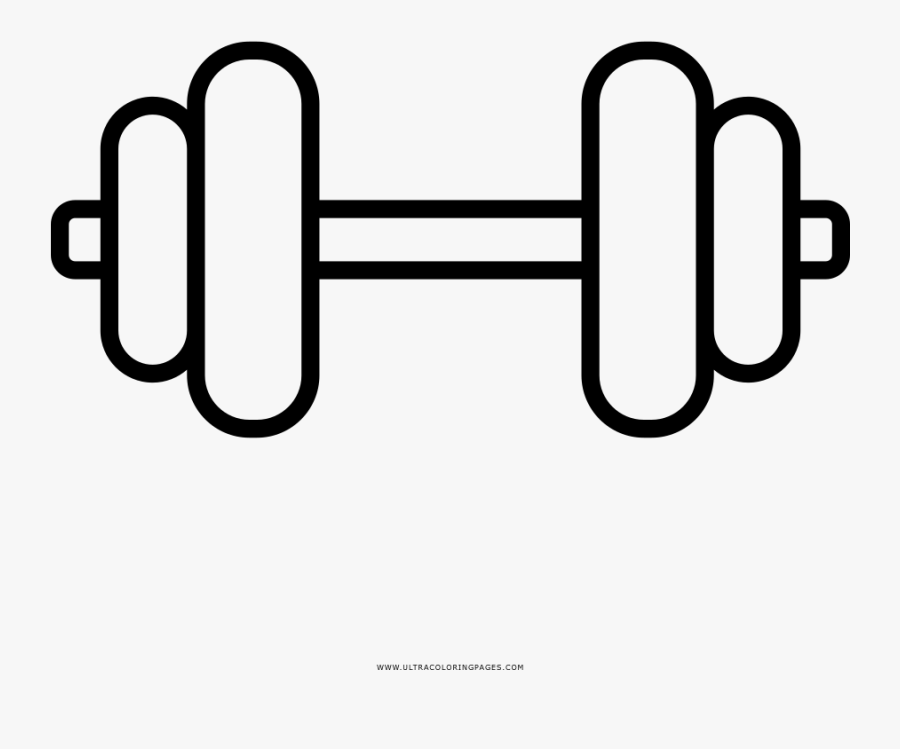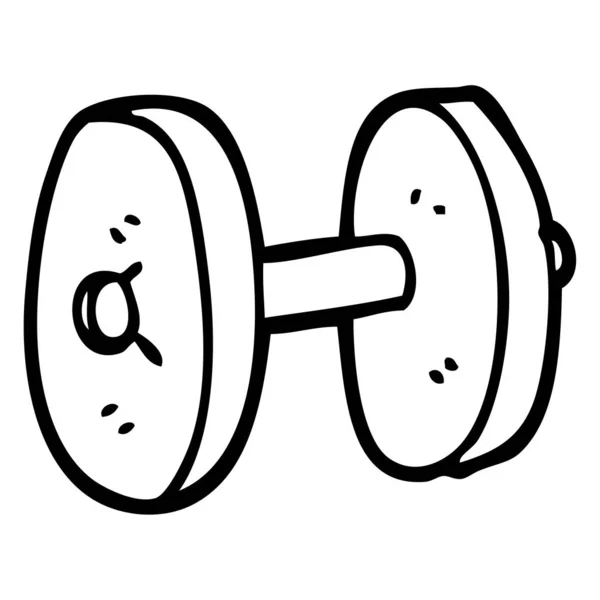Weights drawings
Table of Contents
Table of Contents
If you are an artist, a gym enthusiast, or someone who just wants to learn how to draw weights, this article is for you. Drawing weights may seem like a daunting task, but with the right techniques and tools, you can master it. So, grab your pencil and let’s get started!
The pain points of drawing weights
Many people struggle with drawing weights due to their complex shapes and the details required. It can be challenging to achieve the right balance and symmetry, especially when drawing free-hand. Another pain point is knowing where to start and which techniques to use to create realistic-looking weights.
The answer to how to draw weights
To draw weights successfully, you need to have a clear understanding of their shapes, details, and textures. Start by studying different weight designs, observe their shapes, and familiarize yourself with the textures they possess. After that, you can use a variety of techniques like shading, crosshatching, and blending to create a realistic effect. Remember to keep the symmetry and balance while drawing the weights, and focus on the light source to create a three-dimensional effect. You can also use various tools like pencils, markers, and charcoal to create different textures and tones in your drawing.
Summarizing the article’s main points about how to draw weights
To draw a weight, you need to have a clear understanding of their shapes, details, and textures as the first step. You should focus on symmetry and balance while drawing and use techniques like shading, crosshatching, and blending for a realistic effect. Lastly, you can use various tools like pencils, markers, and charcoal for different textures and tones in your drawing.
How to draw dumbbells?
When it comes to weights, dumbbells are a popular choice for drawing. They have a unique shape that differs from other weights, making them equally challenging to draw. The first step in drawing dumbbells is to observe their shapes and create a basic outline of the weight. It would be best to start with the handle as this is the most defining part of the dumbbell. From there, you can add the weights and details like the texture and shadows. Remember to keep the symmetry and balance while drawing the dumbbell and use shading techniques to create a realistic look
How to Draw Kettlebells?
Another popular and unique type of weight is the kettlebell. They are round-shaped and have a handle that makes them stand out from other weights. When drawing kettlebells, start with creating the handle and the bell’s curved borders. Then add the details like the texture and the shadow to create a realistic effect. The handle and the bell should be in proportion to each other, and the handle should have a realistic grip texture. Use various shades of gray to add depth and dimension to the drawing- the lighter shades in parts of the weight that reflect light and darker shades for the areas where it doesn’t.
The importance of complementary colors when drawing weights
Many people overlook the importance of colors when drawing weights. Complementary colors can add depth and dimension to their drawings. When shading, try using complementary colors like orange and blue or green and red, which will create a contrast that will make the weight pop out.
The difference between using pencils and charcoal to draw weights
When drawing weights, there are various tools available that artists can use. Pencils are excellent for creating precise lines and finer details. Charcoal, on the other hand, produces a more natural and freer effect. Charcoal is suitable for creating broader strokes and smudging to create a realistic texture. Artists can use both tools together to create a unique and rich drawing.
Question and Answer about how to draw weights
Q1: What is the best way to create a realistic texture when drawing weights?
Using shading techniques like cross-hatching and blending can create a realistic texture when drawing weights. By using light and dark tones in different areas of the weight, you can create depth and dimension.
Q2: Can I use colors when drawing weights?
Yes, you can use complementary colors to add depth and dimension to your drawing.
Q3: What tools are suitable for drawing weights?
You can use pencils, markers, and charcoal to draw weights. Each tool produces a different effect, so it’s best to experiment with them and see which one works best for you.
Q4: Is it necessary to have a reference photo when drawing weights?
Having a reference photo can be helpful, but it’s not necessary. Artists can also create weights from their imagination or by observing the weights around them.
Conclusion of How to Draw Weights
Drawing weights can be challenging, but by following the right techniques and using the right tools, you can create a realistic-looking weight. Remember to focus on the symmetry and balance while drawing, and use shading techniques to create a three-dimensional effect. Use complementary colors to add depth and dimension to your drawing, and don’t be afraid to experiment with different tools. For those who have a passion for art and fitness, drawing weights can be an excellent way to combine both interests and create unique and exciting art.
Gallery
Transparent Hand Weights Clipart - Dumbbell Drawing , Free Transparent

Photo Credit by: bing.com / weights drawing dumbbell transparent clipart hand clipartkey
Gym Cartoon Drawing | Line Drawing Cartoon Gym Weights — Stock Vector

Photo Credit by: bing.com / weights depositphotos
Pin On DIY

Photo Credit by: bing.com / weights drawing lifting hand illustration draw vector choose board hands gettyimages
Drawing Weight | Free Download On ClipArtMag

Photo Credit by: bing.com / weight drawing clipartmag
Weights Drawings - How To Draw Weights In Draw Something - The Best

Photo Credit by: bing.com / weights drawings drawing draw something rating getdrawings





